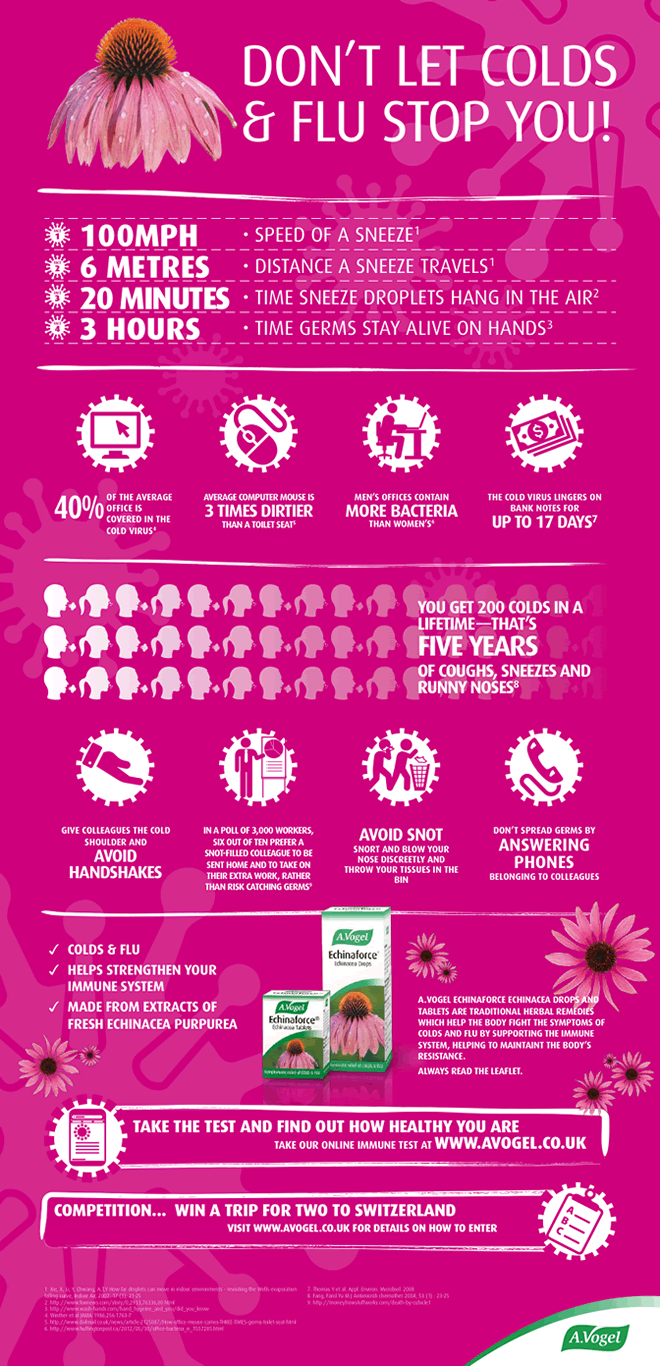

The article provides guidance to a rapidly changing field of diagnostics and outlines the epidemiology and clinical impact of acute respiratory viral infections, including preferred methods of specimen collection and current methods for diagnosis and characterization of viral pathogens causing acute respiratory tract infections. The new PGCM document is designed to be used by laboratorians in a wide variety of diagnostic and public health microbiology/virology laboratory settings worldwide. The scope of the original document was quite broad, with an emphasis on clinical diagnosis of a wide variety of infectious agents and laboratory focus on antigen detection and viral culture. This article is an American Society for Microbiology (ASM)-sponsored Practical Guidance for Clinical Microbiology (PGCM) document identifying best practices for diagnosis and characterization of viruses that cause acute respiratory infections and replaces the most recent prior version of the ASM-sponsored Cumitech 21 document, Laboratory Diagnosis of Viral Respiratory Disease, published in 1986. Many viruses are implicated in these infections, and these viruses are spread largely via respiratory means between humans but also occasionally from animals to humans. Respiratory viral infections are associated with a wide range of acute syndromes and infectious disease processes in children and adults worldwide.


 0 kommentar(er)
0 kommentar(er)
